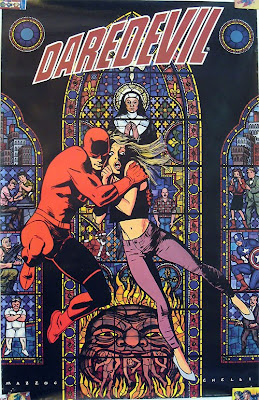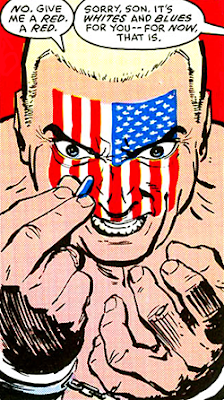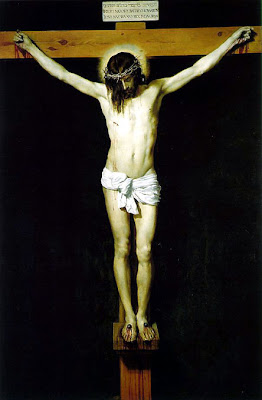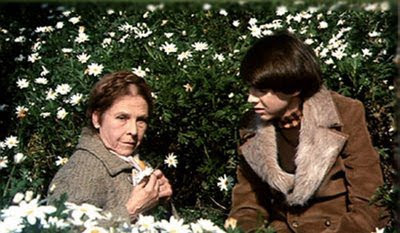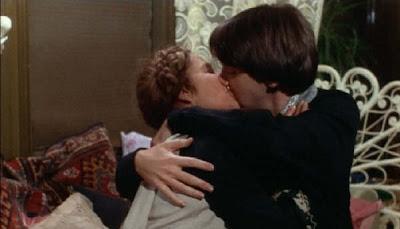I know, I know. I am such a punk! I can't believe how long it has been since I last posted. However, this is still not a real post (yes, it doesn't exist). It is more a post to explain where I have been. Sadly, I have been really overwhelmed by school and grading (especially the latter). I was able to take a break this past weekend and do some painting (finally!). And this is what I created:
I wanted to do a study in suffering. Here is my first one titled Lost in Sin.
A little bit of a close up on it...if a little blurry.
My other one is what started the series. I love Velazquez's painting (see earlier post on Daredevil), and I just love the emotion he got in the face. This is my version of that, which I have just titled "After After Velazquez."
A little bit of a closer look...
A much closer look again to see how I used the color in this one.
Something to inspire you though: I have just watched one of the most beautiful films ever! It is silent and superb! It is called The Man Who Laughs and came out in 1928. I loved it so much!!! You should go watch it right now - it is free on youtube because it is public domain.

Look at that emotion in his face! So good! Plus, based on a Hugo book!?! You should know that Les Miserables is my favorite book ever - such a picture of redemption! I loved the movie.

Plus, check out that legit smile! This was the inspiration of the Joker from Batman. Isn't that awesome! It made my day when I learned that (thanks to my awesome bro!), and I have been telling all my kids to go watch it, though I doubt they will. You should though!
Alright, I am not sure when I will be able to return to regular postings since I am getting more papers to grade soon and my schedule is out of control. I will try to make time though (that's right, I'm magic). Until next time; go enjoy some art!
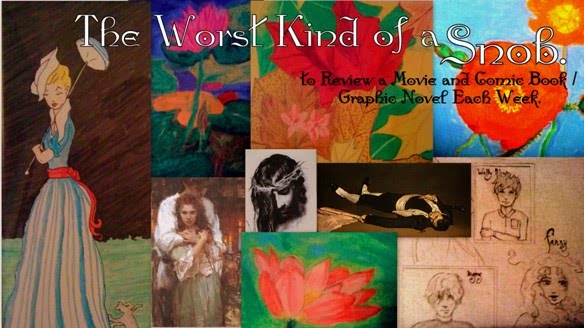







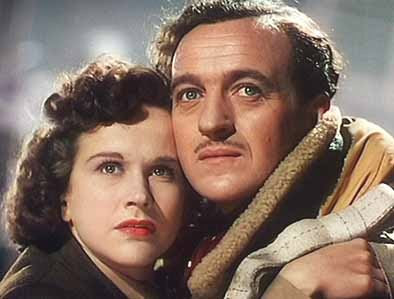








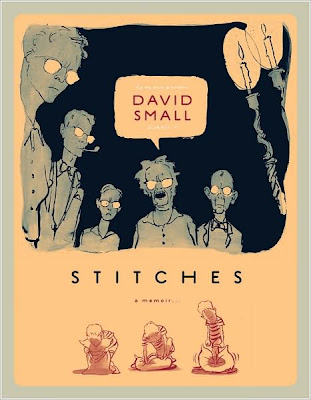



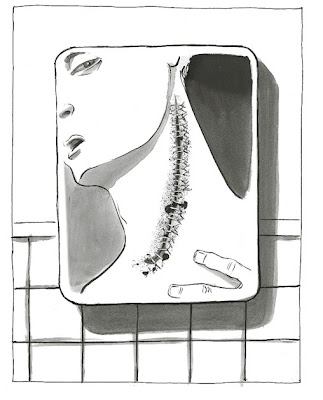
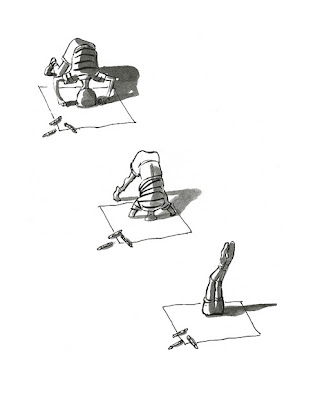

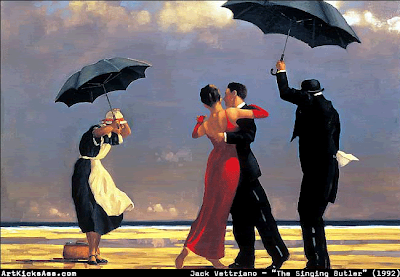

_4.jpg)





